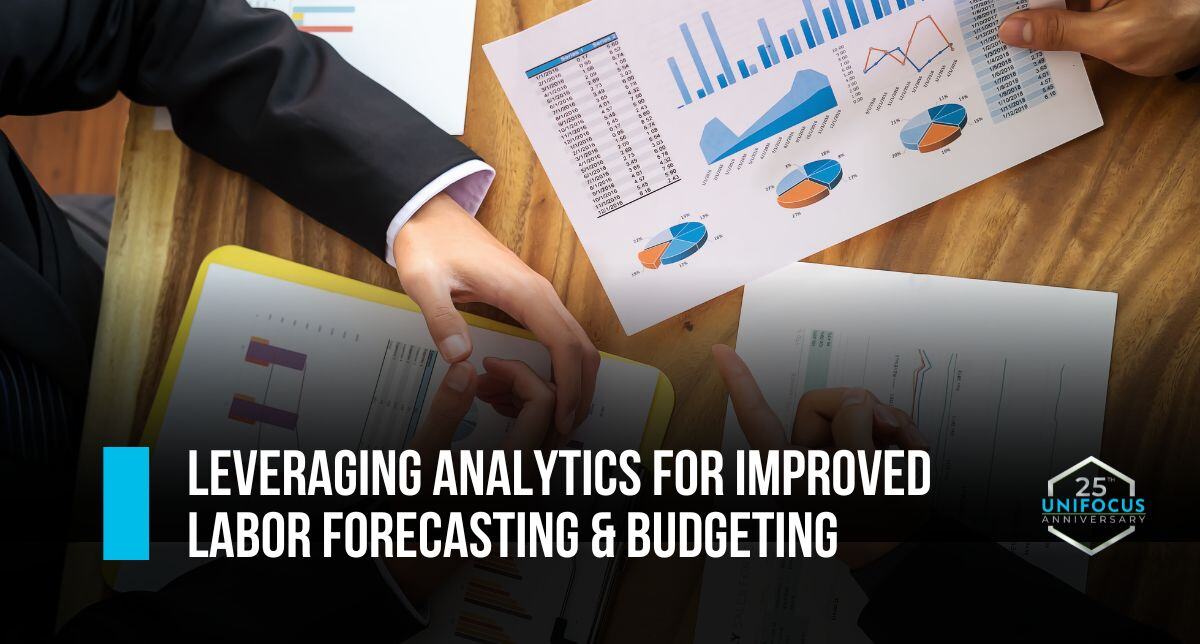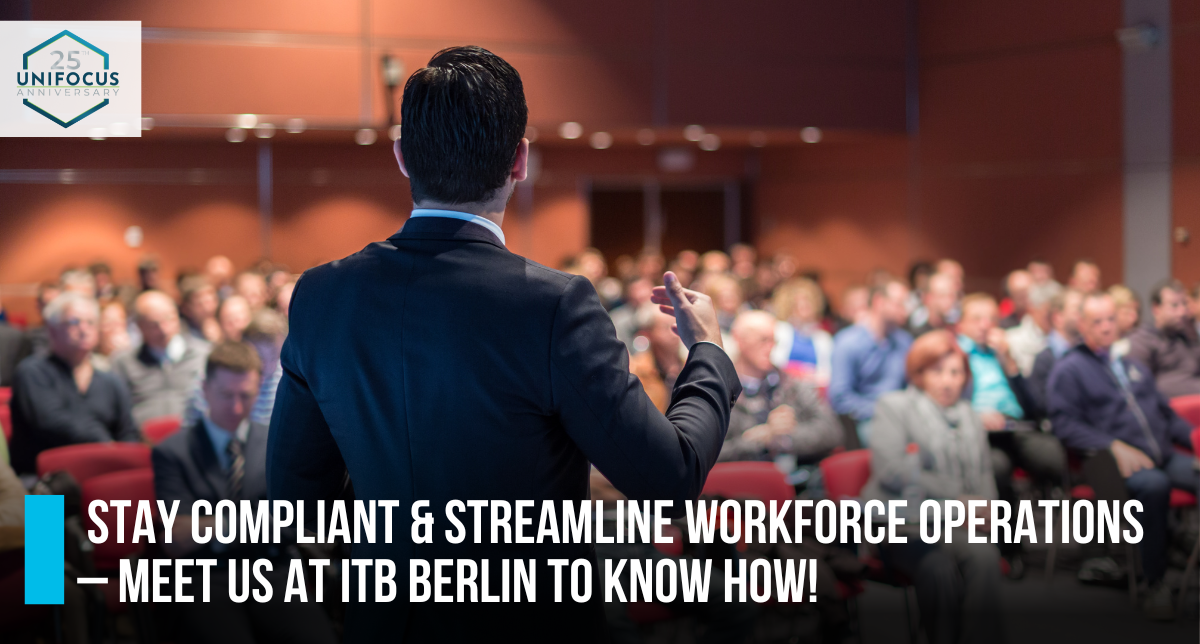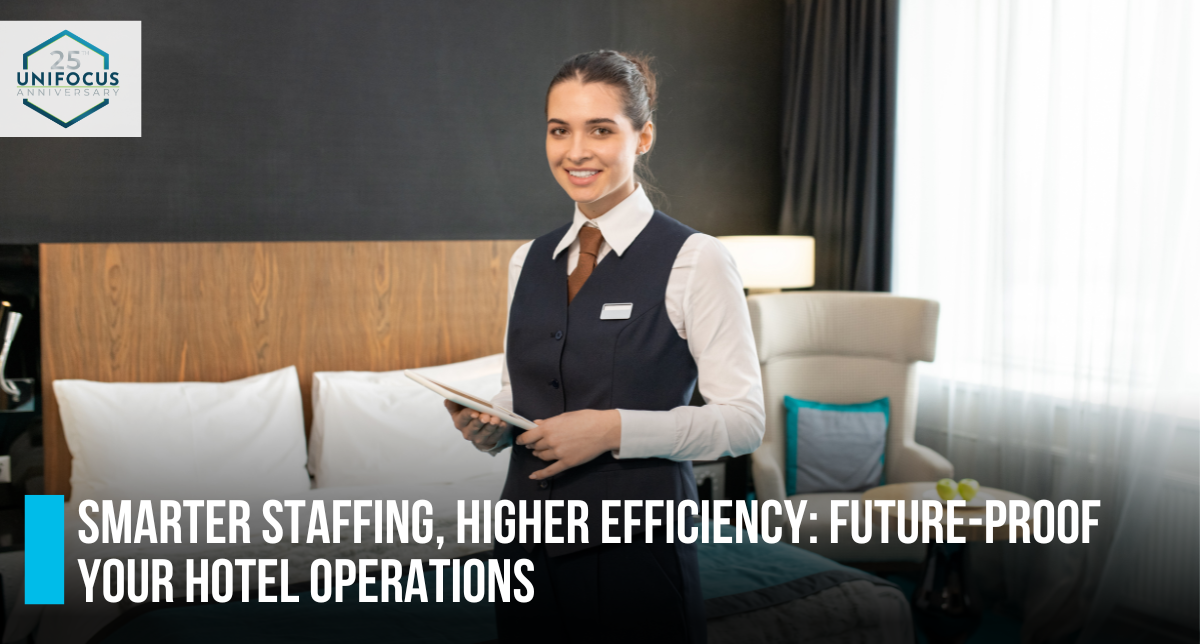In the fast-paced world of hospitality, accurate labor forecasting and budgeting are critical for maintaining operational efficiency and ensuring guest satisfaction. However, many hoteliers struggle with the unpredictability of staffing needs, often leading to either overstaffing or understaffing, both of which can have significant financial and service quality repercussions. The key to overcoming these challenges lies in leveraging advanced analytics, a strategy that transforms raw data into actionable insights for precise labor forecasting and budgeting.
The Power of Predictive Analytics in Labor Forecasting
Predictive analytics uses historical data, patterns, and trends to forecast future labor needs with remarkable accuracy. Unlike traditional methods, which rely heavily on managerial intuition and static schedules, predictive analytics provides a dynamic, data-driven approach.
Consider a scenario where a hotel experiences fluctuating occupancy rates due to seasonal events or unexpected local happenings. By analyzing past occupancy rates, booking trends, and even external data like weather forecasts and local event calendars, predictive analytics can anticipate demand spikes and lulls. This foresight allows managers to schedule staff more effectively, ensuring that there are enough hands on deck during busy periods and reducing unnecessary labor costs during quieter times.
Secret Sauce: The integration of machine learning algorithms can further enhance predictive accuracy. These algorithms continuously learn from new data, improving their forecasts over time. Implementing a feedback loop where actual outcomes are compared with predictions helps fine-tune the models, leading to increasingly precise labor forecasts.
Integrating Analytics with Operational Budgeting
Accurate labor forecasting is only half the battle; integrating these insights into the operational budget is where the true value lies. Advanced analytics enables hoteliers to create more flexible and responsive budgets that align closely with actual operational needs.
Detailed Strategy: Begin by aligning labor costs with revenue forecasts. By using revenue management systems that integrate with labor analytics, you can ensure that your staffing levels are directly correlated with expected income. This approach not only optimizes labor costs but also ensures that your service levels remain consistent, regardless of fluctuations in demand.
Secret Sauce: Implement scenario planning within your budgeting process. Develop multiple budget scenarios based on different occupancy and revenue projections. This practice allows you to understand the financial implications of various demand levels and prepare contingency plans accordingly. When unexpected situations arise, you can quickly pivot your budget to reflect the new reality, ensuring that you maintain control over your finances.
Enhancing Decision-Making with Real-Time Data
One of the most significant advantages of integrated analytics is the ability to access real-time data. Real-time insights empower hotel managers to make informed decisions swiftly, adjusting staffing levels and budget allocations on the fly.
For instance, if a sudden increase in bookings is detected, real-time data can trigger an alert to adjust staff schedules immediately, ensuring that the hotel is adequately staffed to handle the influx. Conversely, if a wave of cancellations occurs, managers can quickly reduce labor hours to prevent overstaffing and unnecessary labor costs.
Secret Sauce: Utilize dashboards that consolidate key performance indicators (KPIs) and provide a holistic view of your operations. Dashboards should be customizable, allowing managers to focus on the metrics that matter most to them. By having a centralized platform for data analysis, decision-making becomes more streamlined and less prone to error.
Overcoming Common Challenges
Despite the clear benefits, some hoteliers may hesitate to adopt advanced analytics due to perceived complexity or cost. However, modern solutions are becoming increasingly user-friendly and cost-effective.
Start small by implementing analytics in a single department, such as housekeeping or front desk operations, and gradually expand to other areas. This phased approach allows your team to become comfortable with the new tools and processes without feeling overwhelmed.
Secret Sauce: Leverage cloud-based analytics platforms. These platforms offer scalability and flexibility, allowing you to pay for only what you need and expand as your requirements grow. They also provide automatic updates and maintenance, reducing the burden on your IT department.
Incorporating advanced analytics into labor forecasting and operational budgeting is no longer a luxury but a necessity for modern hoteliers aiming to stay competitive. By transforming data into actionable insights, predictive analytics and real-time data integration ensure optimal staffing levels and budget control, ultimately enhancing both operational efficiency and guest satisfaction.
The secret to success lies in starting with a clear strategy, leveraging scalable tools, and continuously refining your approach based on real-world outcomes. As you embrace these advanced technologies, you will not only solve the immediate challenges of labor management but also position your hotel for long-term success in an increasingly data-driven world.
Remember, the goal is not just to manage numbers but to create a harmonious balance where your staff feels valued, your guests are delighted, and your bottom line thrives. Embrace the power of analytics and watch your hotel operations transform for the better.







